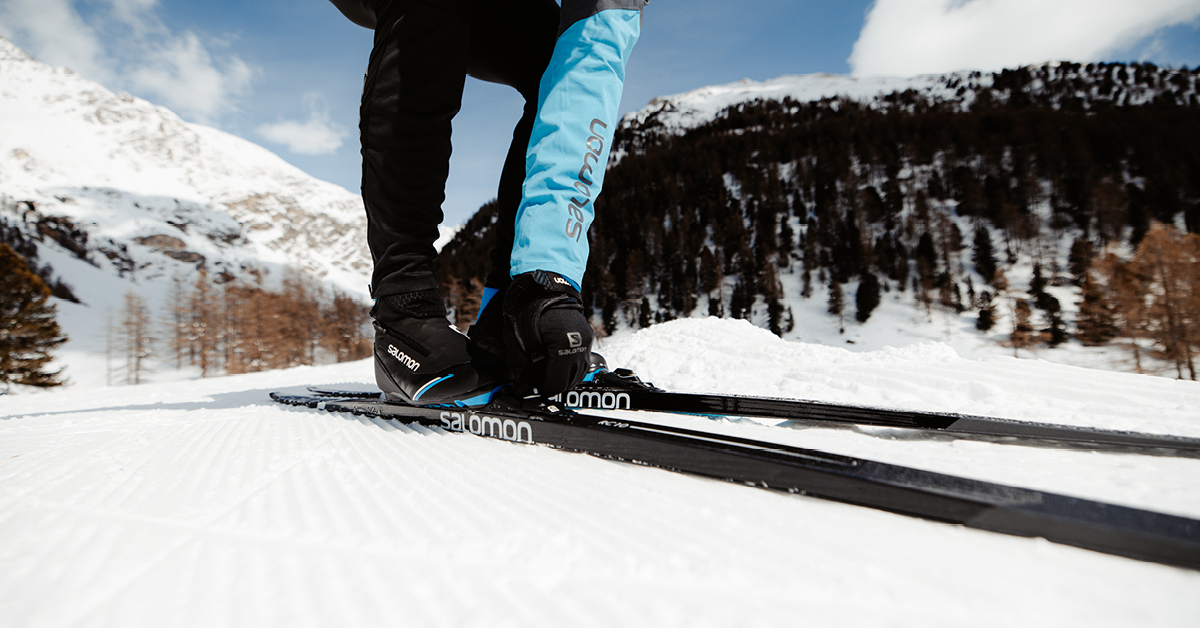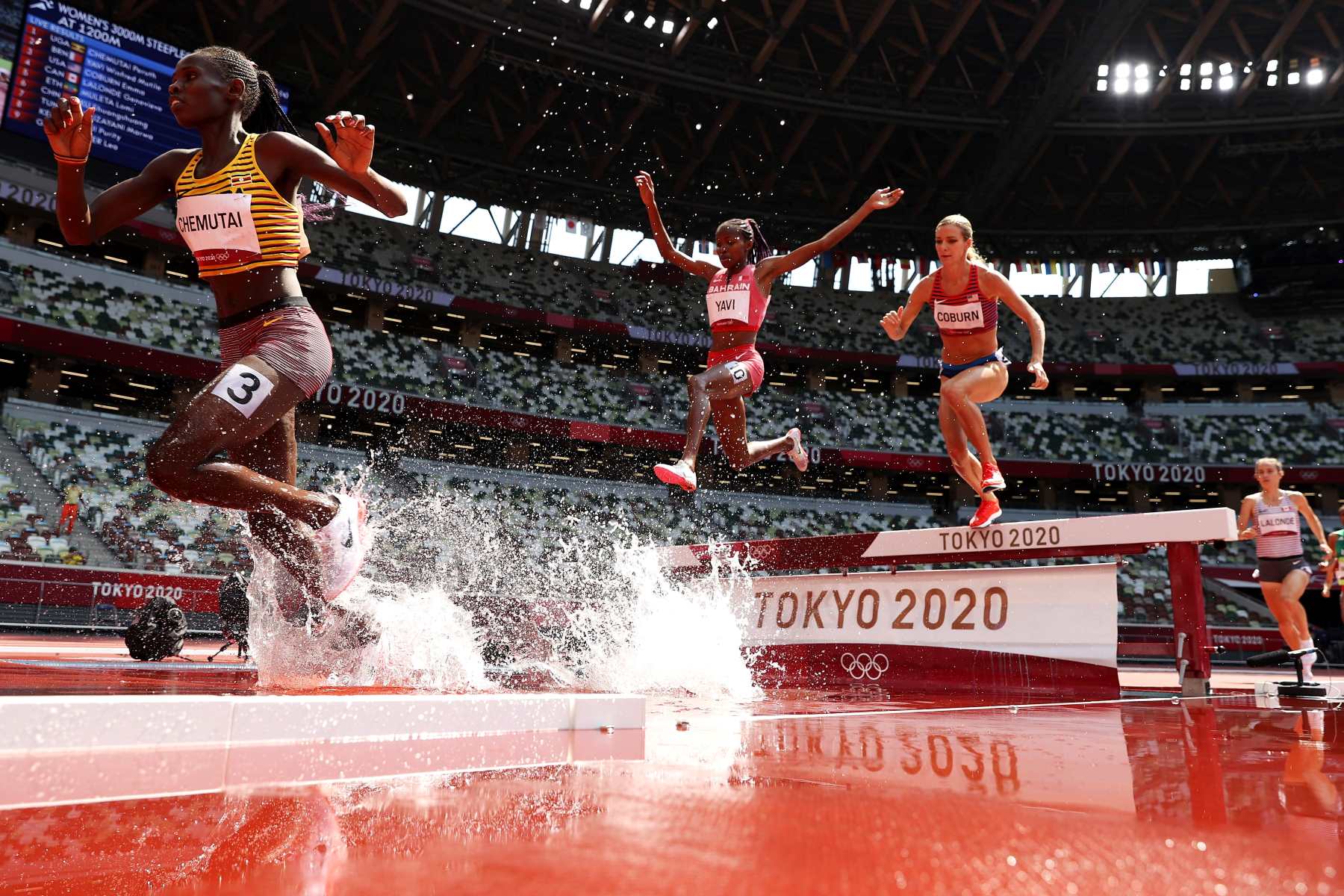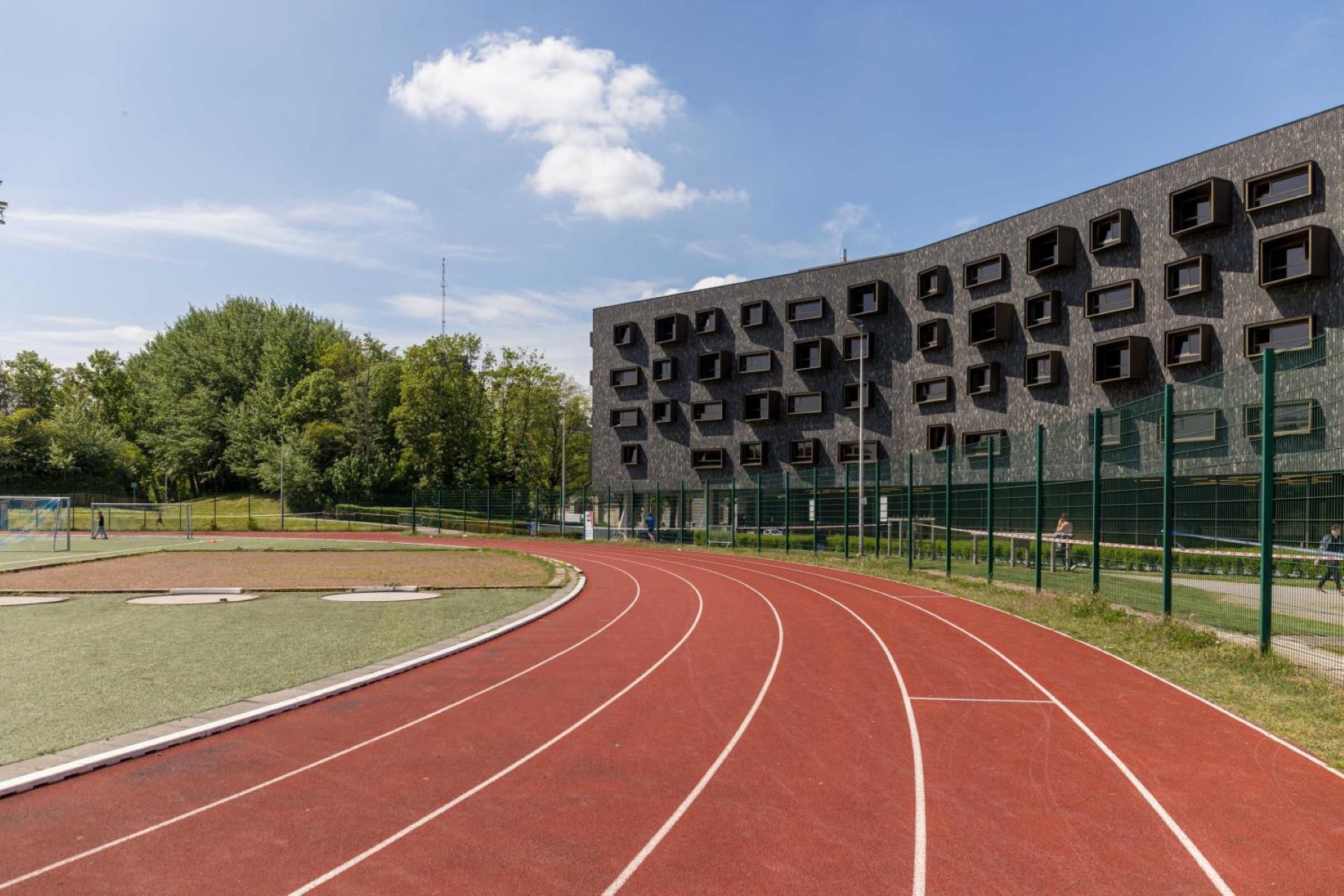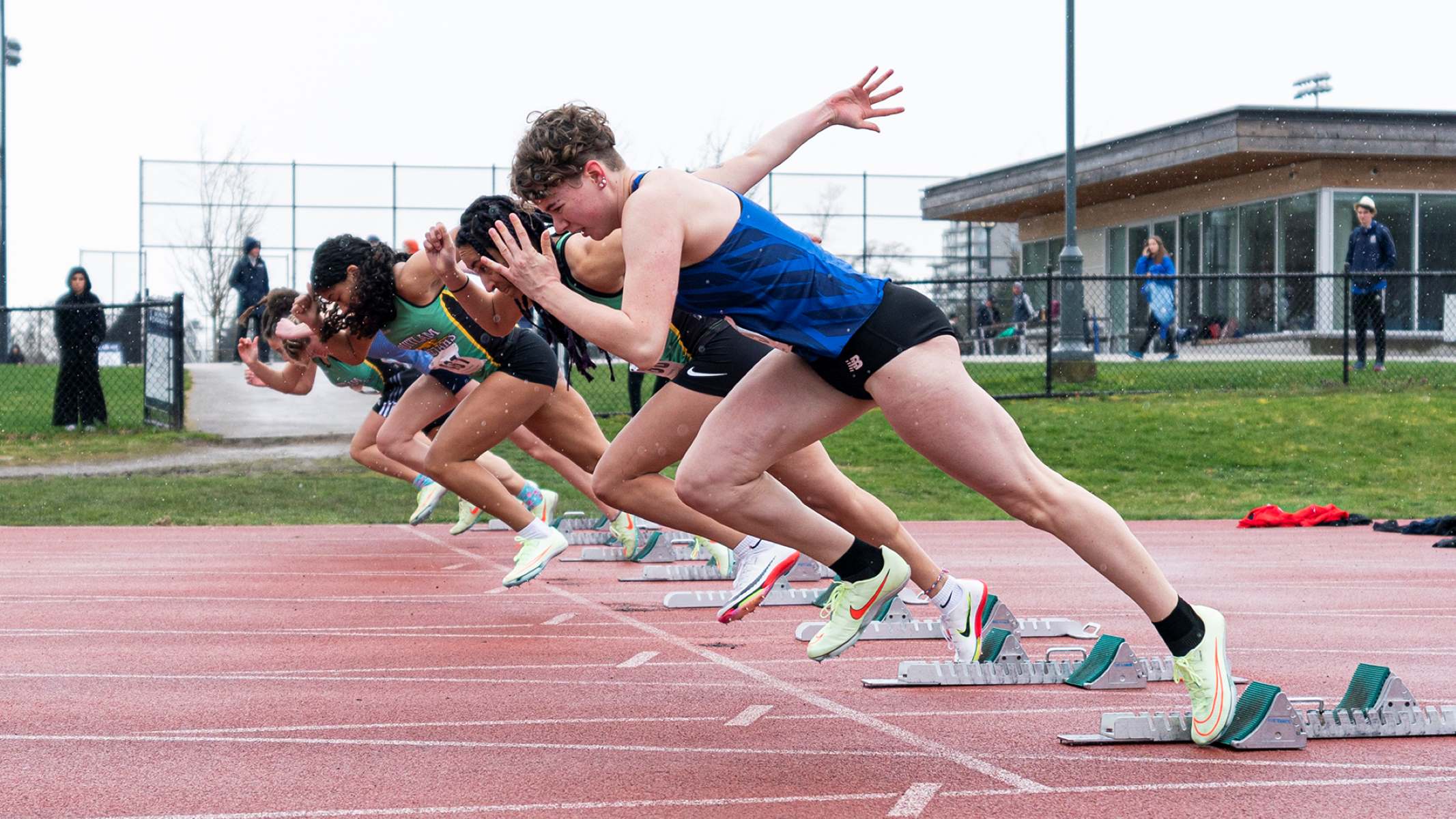Home>Misc>Featured>How Many Lanes Are In A Typical Track And Field


Featured
How Many Lanes Are In A Typical Track And Field
Modified: January 2, 2024
Discover the number of lanes in a typical track and field, explore interesting facts and figures about this popular sport. Featured article.
Introduction
Welcome to the exciting world of track and field! Whether you’re a seasoned athlete, a sports enthusiast, or someone looking to learn more about this thrilling sport, one question that often arises is: how many lanes are there in a typical track and field? Track and field, as a competitive sport, consists of various events, including sprints, hurdles, middle-distance and long-distance races, relays, and more. Each event takes place on a specially designed track that is carefully measured and constructed to meet specific requirements.
In this article, we will explore the different dimensions and layouts of a track and field, with a particular focus on the number of lanes. We will delve into the standard number of lanes found in most tracks, as well as the variations that exist in different competitions and events. By the end, you’ll have a comprehensive understanding of how many lanes you can expect to find in a typical track and field, and how these lanes impact the sport.
So, let’s lace up our running shoes and hit the track as we explore the fascinating world of track and field lanes!
Length of a Track and Field
Before diving into the number of lanes, it is important to have a basic understanding of the length of a track and field. The length of a track is a crucial factor that determines the distance covered in various events.
In general, track and field facilities consist of oval-shaped tracks, with two parallel straights connected by semi-circular curves. The length of the track is measured along the inner edge of the innermost lane. The most common length for outdoor tracks used in competitions is 400 meters or approximately 1,312 feet.
However, it is important to note that the length of a track can vary depending on the type and purpose of the facility. For example, there are also indoor tracks that are typically shorter, usually 200 meters in length. These indoor tracks are designed to fit within smaller spaces and provide athletes with the ability to train and compete in various events during the colder months.
Additionally, it’s worth mentioning that track and field facilities are designed to meet specific international standards, such as those set by the International Association of Athletics Federations (IAAF). These standards ensure that tracks are accurately measured and suitable for competitive events, promoting fairness and consistency in the sport.
So, whether you’re sprinting down the straightaways or navigating the curves, understanding the length of the track is fundamental to the world of track and field.
Width of a Track and Field
In addition to the length, the width of a track and field is another important dimension that plays a significant role in the sport. The width refers to the measurement of the area between the inner and outer edges of the track, perpendicular to the straight sections.
The standard width of a track is generally maintained at 1.22 meters or approximately 4 feet. However, it’s important to note that the width can vary depending on the type of track and its intended use. For example, tracks used primarily for training or recreational purposes may have a slightly wider width to accommodate more athletes during practice sessions.
It’s also worth mentioning that the width of the track is designed to allow for the placement of various field event areas within the facility. These areas include long jump pits, high jump and pole vault areas, and throwing sectors for discus, shot put, and javelin events. The width of the track ensures that there is sufficient space for these events to take place while the track events continue simultaneously.
Furthermore, the width of a track and field facility also plays a crucial role in determining the number of lanes that can be accommodated. A wider track can accommodate more lanes, allowing for larger competitions with multiple athletes competing simultaneously.
So, next time you step foot on a track and field, take a moment to appreciate the careful consideration that has been given to its width, as it sets the stage for both track and field events to unfold.
Lanes in a Track and Field
Now let’s turn our attention to the heart of the matter – the lanes in a track and field. Lanes are the designated paths that athletes use during races to ensure a fair competition and minimize interference.
Typically, a track and field consists of multiple lanes that run parallel to each other. These lanes are marked with white lines and are equidistant from each other, allowing athletes to compete side by side, each in their own designated lane.
The number of lanes in a track and field can vary depending on the facility and the level of competition. The most common number of lanes found on standard outdoor tracks is 8. This allows for a substantial number of participants to compete in various events, from sprints to relays, simultaneously.
However, it’s important to note that the number of lanes is not fixed and can change based on the specific needs of the facility or the regulations of the competition. For instance, some smaller tracks or local facilities may have fewer lanes, such as 6 or even 4, due to space limitations or budget constraints.
In addition, there are also larger tracks, especially those used for international competitions, that may have more than 8 lanes. These tracks, often referred to as “super tracks,” can feature 9 or 10 lanes to accommodate a larger number of athletes during high-stakes competitions.
Ultimately, the number of lanes in a track and field is carefully considered to ensure fair competition and provide an optimal experience for both athletes and spectators alike.
Standard Number of Lanes
When it comes to the standard number of lanes in a track and field, 8 is the most commonly accepted number for outdoor competitions. This standard has been widely adopted to ensure fairness, accommodate a significant number of participants, and maintain consistency across different tracks.
The use of 8 lanes allows for a balanced distribution of runners, providing each athlete with their own designated path, minimizing the chances of interference or obstruction during races. Additionally, the 8-lane configuration also allows for efficient management of track events, as multiple heats or races can be held simultaneously.
It’s important to note that the use of 8 lanes is not limited to just traditional track competitions. In fact, this standard is also followed for events such as relay races, where each team member has their own designated lane, ensuring a fair transition of the baton from one runner to another.
However, it’s essential to be aware that not all track and field facilities adhere to this standard. Some smaller tracks or local facilities may have fewer lanes, such as 6 or 4, due to space limitations or budget constraints. While the number of lanes may differ, these tracks still serve their purpose and allow athletes to compete and improve their skills.
On the other end of the spectrum, larger tracks used for international competitions occasionally feature more than 8 lanes. These tracks, often referred to as “super tracks,” have 9 or 10 lanes to accommodate a larger number of athletes and provide ample space during high-profile events.
In summary, while the standard number of lanes in a track and field is generally 8 for outdoor competitions, it’s important to consider that variations exist based on the specific facility, level of competition, and available resources.
Varying Number of Lanes in Track and Field Events
While the standard number of lanes in a track and field is 8 for most outdoor competitions, it’s important to note that the number of lanes can vary in different events. This variation allows for optimization and fairness in specific races or disciplines within the sport.
One of the notable variations in lane numbers occurs in hurdles events. Hurdles races typically have fewer lanes compared to straight sprints. This is because the hurdles themselves are set up in specific lanes, requiring athletes to navigate them without interference. For example, hurdles races may feature 7 or 6 lanes, ensuring proper spacing between each set of hurdles and enabling athletes to maintain a consistent rhythm.
Another event that differs in the number of lanes is the steeplechase. In steeplechase races, there are usually only 7 lanes. The additional space allows for the placement of water jumps and barriers that athletes must clear during the race. The reduced number of lanes helps prevent congestion and ensures the safety of competitors as they navigate these obstacles.
In addition to hurdles and steeplechase, other events such as the 400-meter or 800-meter races may also involve variations in the number of lanes. In some cases, to ensure a fair distribution of athletes and promote an even distribution of competition across the track, races with fewer participants may be run in dedicated lanes, leaving empty lanes between each competitor.
Furthermore, it’s worth mentioning that lane assignments in track and field events are often based on the athletes’ seed times or qualifying performances. This process further ensures fairness and competitiveness, as athletes with similar abilities are placed in adjacent lanes to provide a more balanced race.
It’s important to remember that while the number of lanes may vary in specific events, the primary goal remains consistent across all disciplines: to provide athletes with equal opportunities to demonstrate their skills and compete at the highest level.
Conclusion
Track and field is a sport that revolves around precision, technique, and fair competition. The number of lanes in a track and field plays a crucial role in ensuring that athletes have equal opportunities to showcase their skills and achieve their best performances.
In most outdoor competitions, the standard number of lanes in a track and field is 8. This allows for a balanced distribution of runners and efficient management of races. However, it’s important to acknowledge that variations exist, particularly in events such as hurdles, steeplechase, and races with fewer participants.
The length and width of a track and field also factor into the overall design and functionality of the facility. The length, usually 400 meters for outdoor tracks, determines the distance covered in races, while the width, typically 1.22 meters, provides sufficient space for participants and field event areas.
As a spectator or participant in track and field, understanding the dimensions and layout of a track, including the number of lanes, adds another layer of appreciation for the intricacies of the sport. The careful consideration given to these dimensions ensures fair competition, optimal performance, and exciting races.
So, the next time you watch or participate in a track and field event, take a moment to observe the track, with its clearly marked lanes stretching out before you. Each lane represents the path for an athlete’s aspirations, dreams, and triumphs. It is within these lanes that records are broken, personal bests are achieved, and the spirit of competition thrives.
Now, armed with knowledge about the number of lanes and other aspects of a track and field, you can appreciate the sport even more and cheer on the athletes as they strive for greatness. So, let the races begin!









